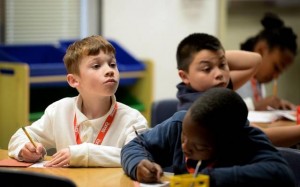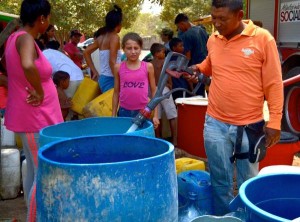El Tiempo Hispano
DELAWARE — Reading can be a simple and automatic task to people without any problem. However, reading is a complex and difficult task for our brain, so it should not be a surprise that so many children struggle with it. In fact, between 15% and 20% of US population has a specific reading disorder called dyslexia, which constitutes the main cause of reading problems in school.
Dyslexia and reading failure have a great impact in a child’s development and it affects millions of kids. That is why early literacy problems are very important for the child’s health.
The good news is that dyslexia can be detected soon and kids affected can become good readers with the help of education (KidsHealth.org). Nemours BrightStart! was established in 2005 to solve this common and treatable problem starting when kids are very young – at preschool age.
Since May of last year, thanks to a grant from the Arsht-Cannon Foundation, this program has been implemented in Delaware, mainly in Sussex County, where around 300 kids between 4 and 5 years old have been evaluated.
“Of these kids, 30% are Hispanic,” explains Stefanie Van Stan, Community Initiatives Coordinator of the Nemours BrightStart! program. Some of the places where these evaluations have taken place are Telamon/Head Start in Georgetown and Harrington, the Latin Center in Wilmington, the Even Start program in Bridgeville, the ESL program in the Lutheran Church of Our Savior in Rehoboth Beach, and Phillip C. Showell Elementary School in Selbyville.
Representatives of this program also attended the Iglesia de Dios Maranatha church Health Fair and continue to work with other Hispanic community organizations like La Red.
The tests are applied either in Spanish or English, depending on the child’s native tongue, and are designed to determine if the child is prepared to read properly when entering kindergarten and beyond.
Statistics show that there are many children not prepared to read, for they need to recognize the letters and their sounds, etc. So the program offers some tools for the parents to help kids level up to kindergarten.
“It is important that parents work with their kids at home,” explains Stefanie “so the little ones can familiarize with books and reading.” The tests of the program reveal that many Hispanic kids need their parents to read with them, talk to them about books and reading, give them the opportunity to be exposed to reading and writing.
Stefanie explains that although dyslexia can only be diagnosed after turning seven, low scores on the tests can be a sign that later the kid can exhibit it in some of its forms.
Duly treated dyslexia can be perfectly manageable. Also, starting June, the 20-lesson curriculum will be implemented in a dozen pilot settings (the same Head Start classrooms) to teach children with low scores to improve their reading abilities.




